Functional Fitness: Exercises That Improve Daily Life Activities

Functional fitness focuses on exercises that train your muscles to work together and prepare them for daily tasks by simulating common movements you might do at home, work, or in sports. This holistic approach enhances strength, stability, and mobility, making everyday activities easier and reducing the risk of injury.
What is Functional Fitness?
Functional fitness involves training the body for activities performed in daily life. Unlike traditional weightlifting that isolates muscle groups, functional exercises engage multiple muscles and joints, promoting overall body stability, flexibility, and strength. These exercises mimic real-life movements, enhancing coordination and balance.
Benefits of Functional Fitness
- Improves Daily Activities: Functional exercises enhance your ability to perform everyday tasks, from lifting groceries to climbing stairs.
- Reduces Injury Risk: By improving balance, coordination, and muscle strength, functional fitness reduces the risk of falls and injuries.
- Enhances Posture and Flexibility: Functional exercises promote proper body alignment and increase flexibility, which can alleviate chronic pain and improve posture.
- Boosts Overall Strength: Engaging multiple muscle groups in compound movements builds functional strength that translates into real-world activities.
Key Functional Fitness Exercises
1. Squats
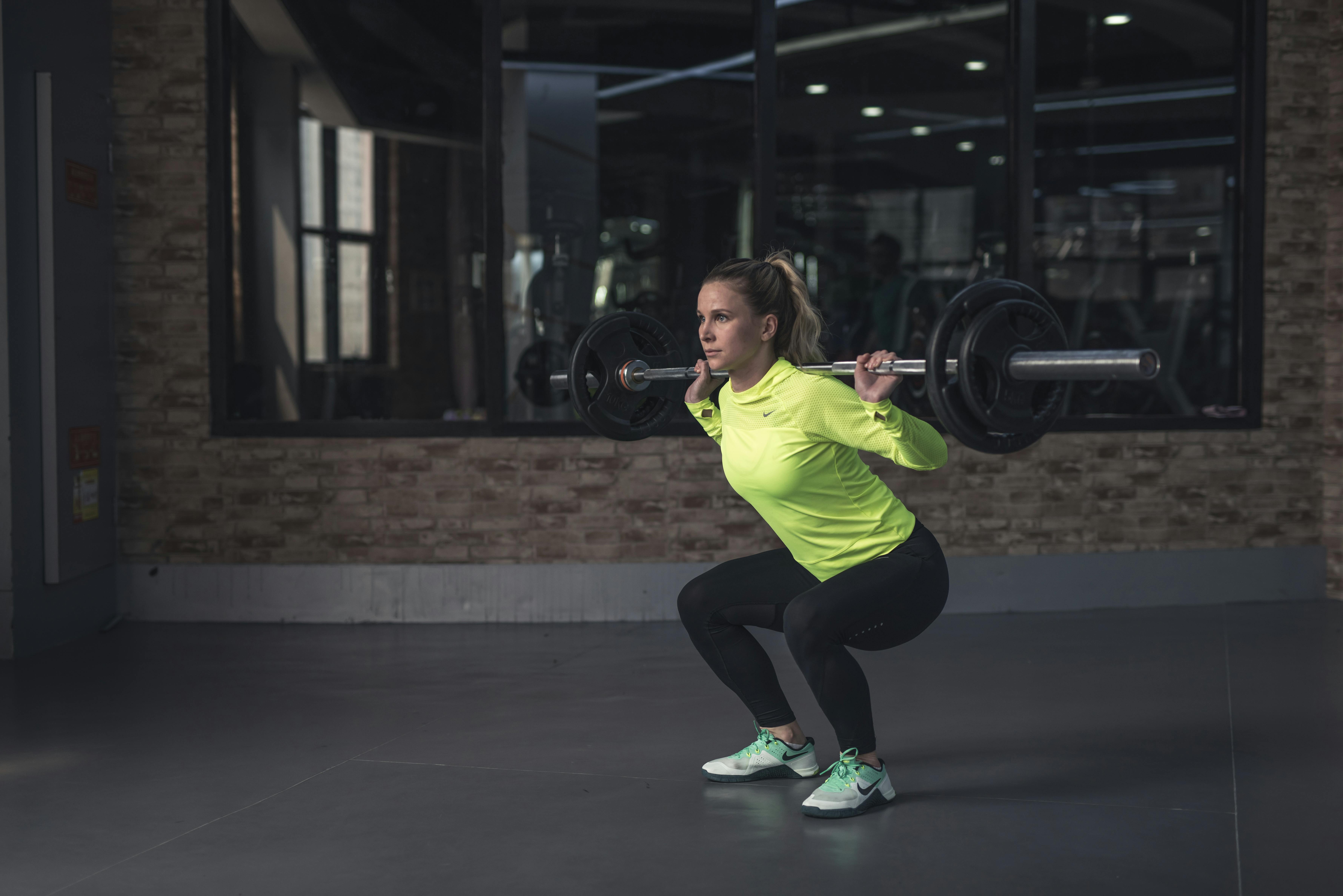
Purpose: Strengthen the legs, glutes, and core, simulating movements like sitting and standing.
Execution:
- Stand with feet shoulder-width apart.
- Lower your body as if sitting back into a chair.
- Keep your back straight and knees over your toes.
- Rise back up to the starting position.
Variations: Goblet squats, jump squats, single-leg squats etc.
2. Lunges
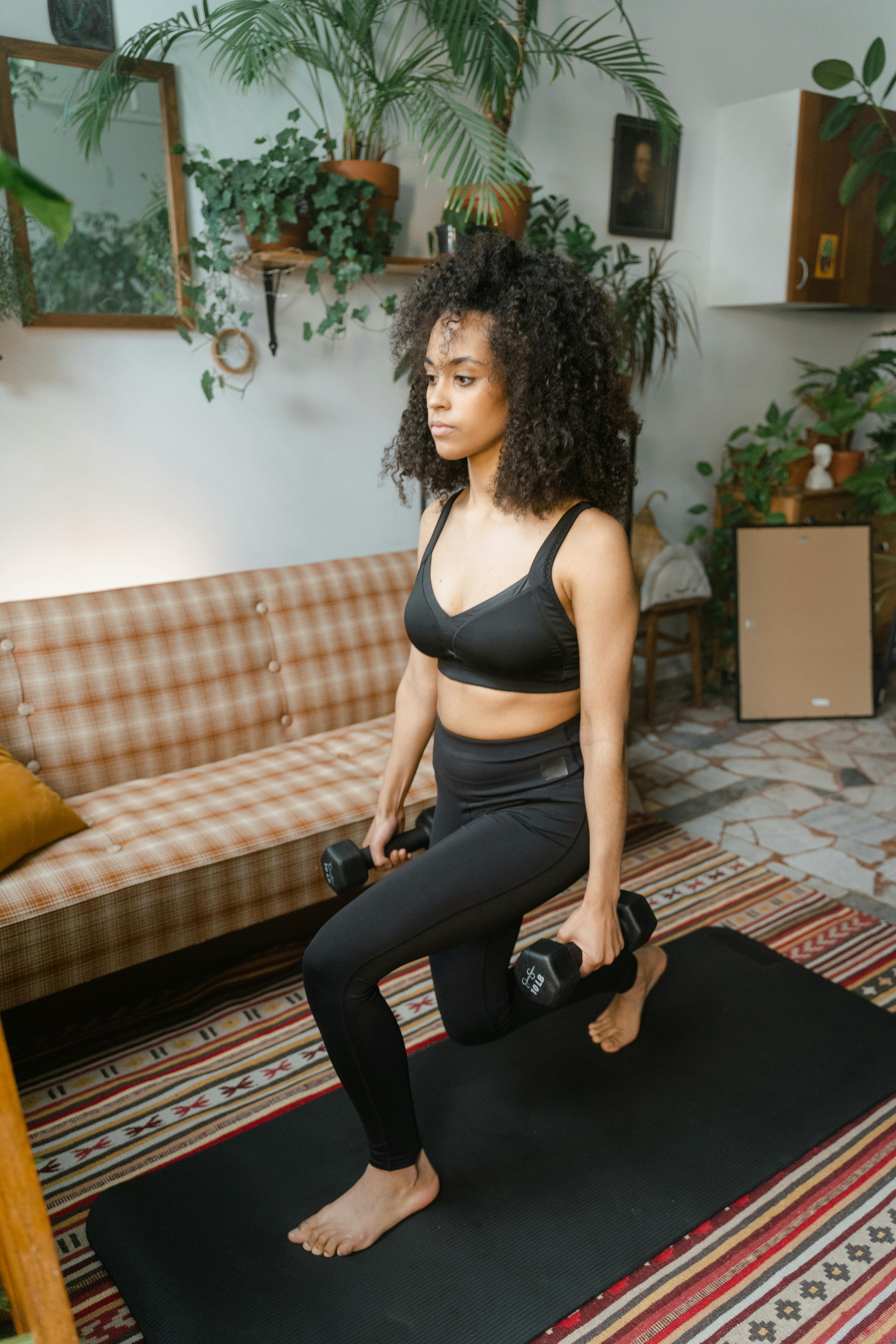
Purpose: Improve balance, coordination, and lower body strength, mimicking the action of stepping forward.
Execution:
- Stand with feet together.
- Step forward with one foot and lower your hips until both knees are bent at 90 degrees.
- Push off the front foot to return to the starting position.
- Alternate legs.
Variations: Walking lunges, reverse lunges, side lunges etc.
3. Push-Ups
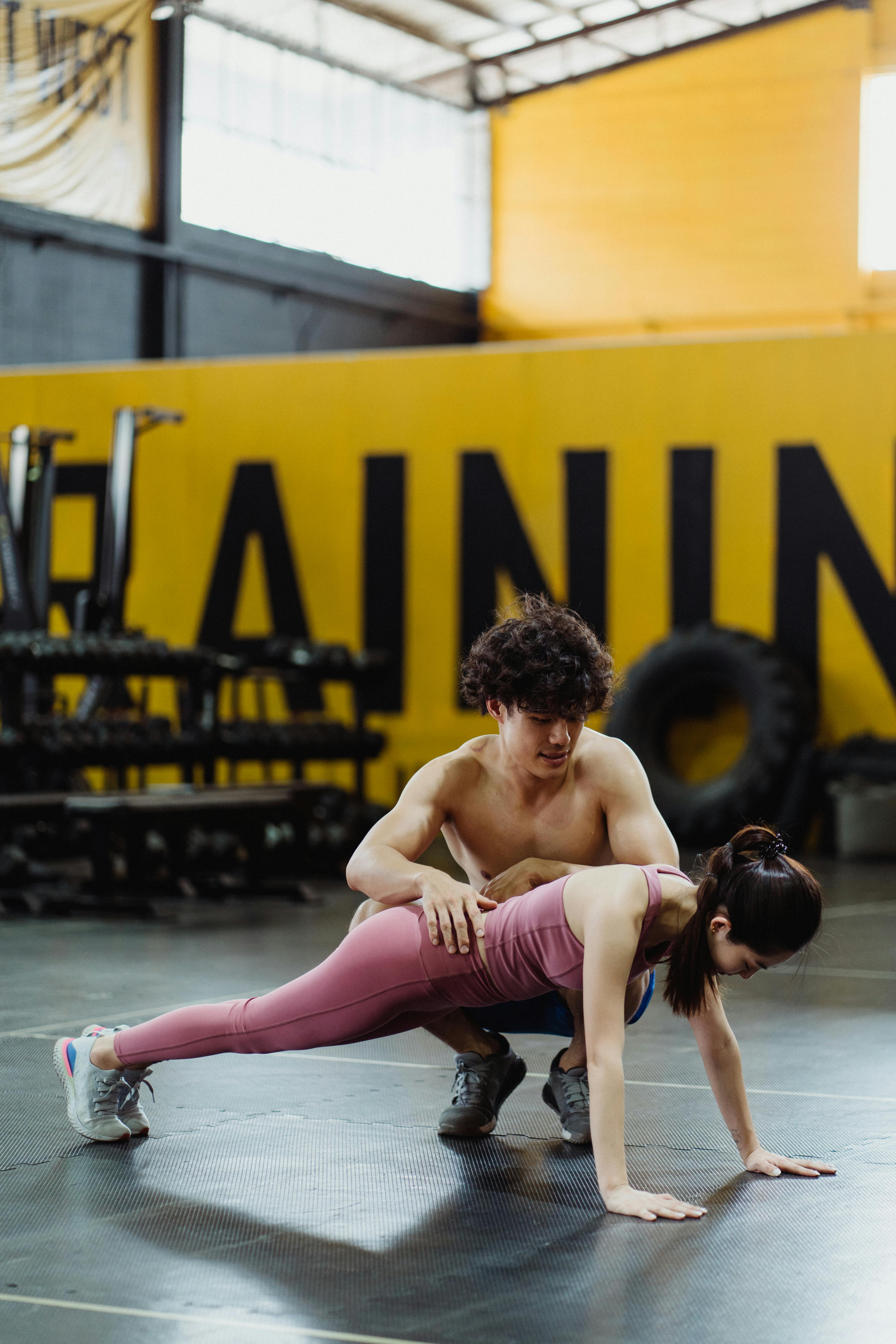
Purpose: Build upper body strength, engaging the chest, shoulders, triceps, and core.
Execution:
- Start in a plank position with hands slightly wider than shoulders.
- Lower your body until your chest nearly touches the floor.
- Push back up to the starting position.
Variations: Kneeling push-ups, incline push-ups, gorilla or frog push-ups etc.
4. Planks
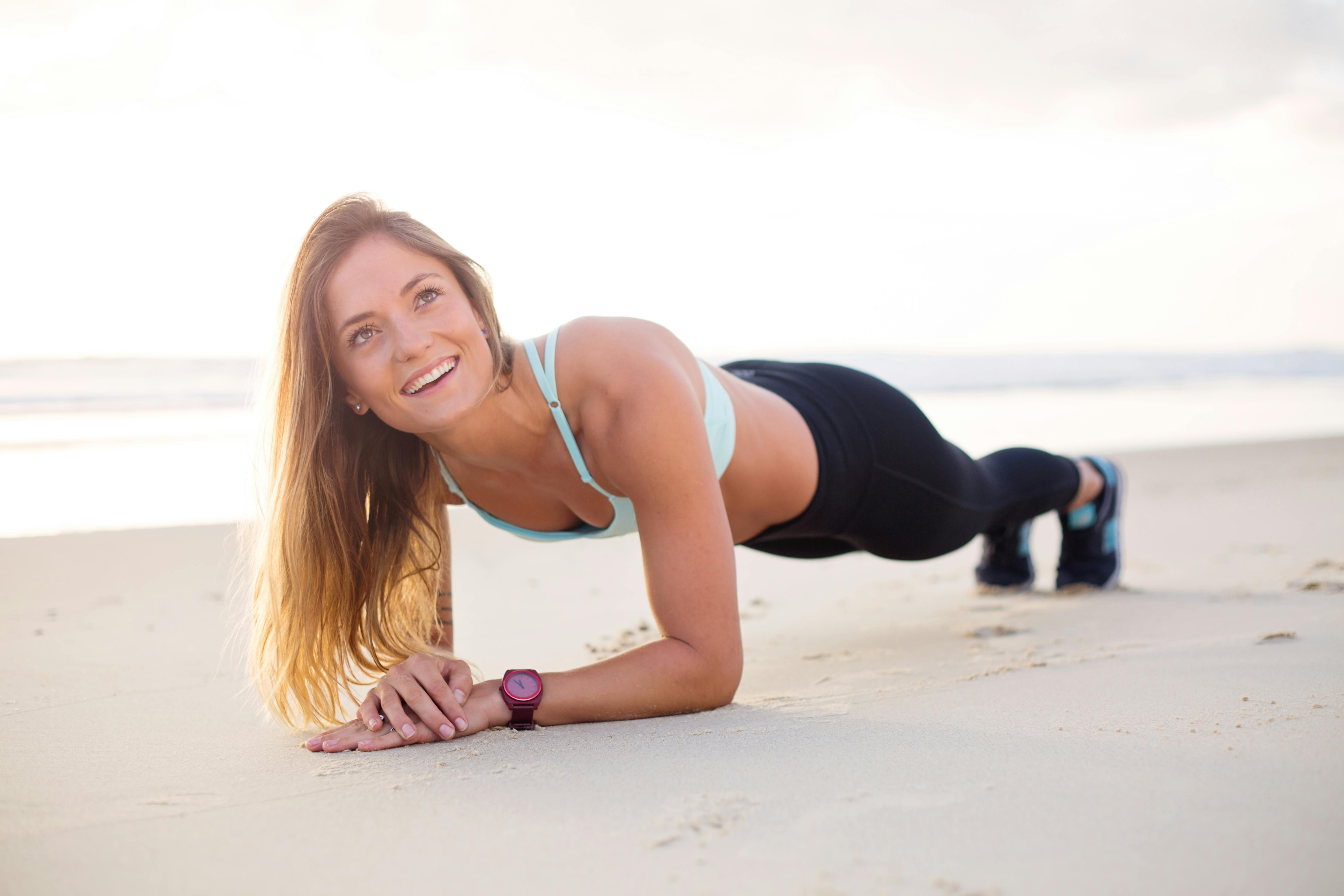
Purpose: Enhance core strength and stability, which is crucial for maintaining good posture and preventing back pain.
Execution:
- Lie face down with forearms on the floor and elbows directly under shoulders.
- Lift your body off the ground, forming a straight line from head to heels.
- Hold the position, keeping the core tight and back flat.
Variations: Side planks, plank with leg lifts, plank to push-up etc.
5. Deadlifts
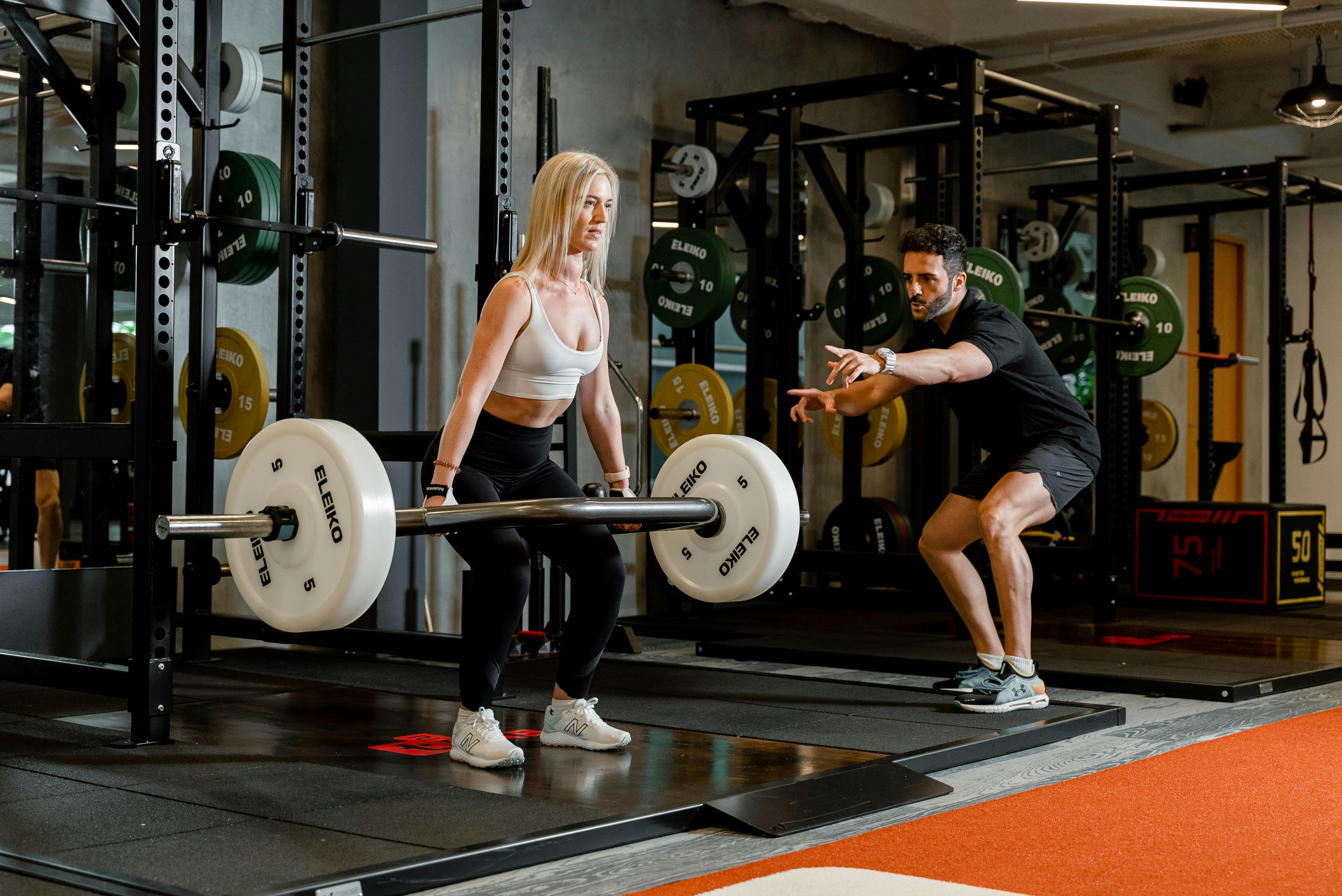
Purpose: Strengthen the posterior chain, including the lower back, glutes, and hamstrings, mimicking movements like picking up objects from the ground.
Execution:
- Stand with feet hip-width apart and a barbell in front of you.
- Bend at the hips and knees to grasp the bar with an overhand grip.
- Lift the bar by straightening your hips and knees, keeping the back flat.
- Lower the bar back to the ground with control.
Variations: Single-leg RDL, kettlebell deadlifts, sumo deadlifts etc.
6. Rows

Purpose: Enhance upper back strength and posture, mimicking pulling movements.
Execution:
- Hold a dumbbell in each hand, bend at the hips and knees, keeping the back flat.
- Pull the weights towards your torso, squeezing the shoulder blades together.
- Lower the weights back down with control.
Variations: Bent-over rows, seated rows, single-arm rows etc.
7. Step-Ups
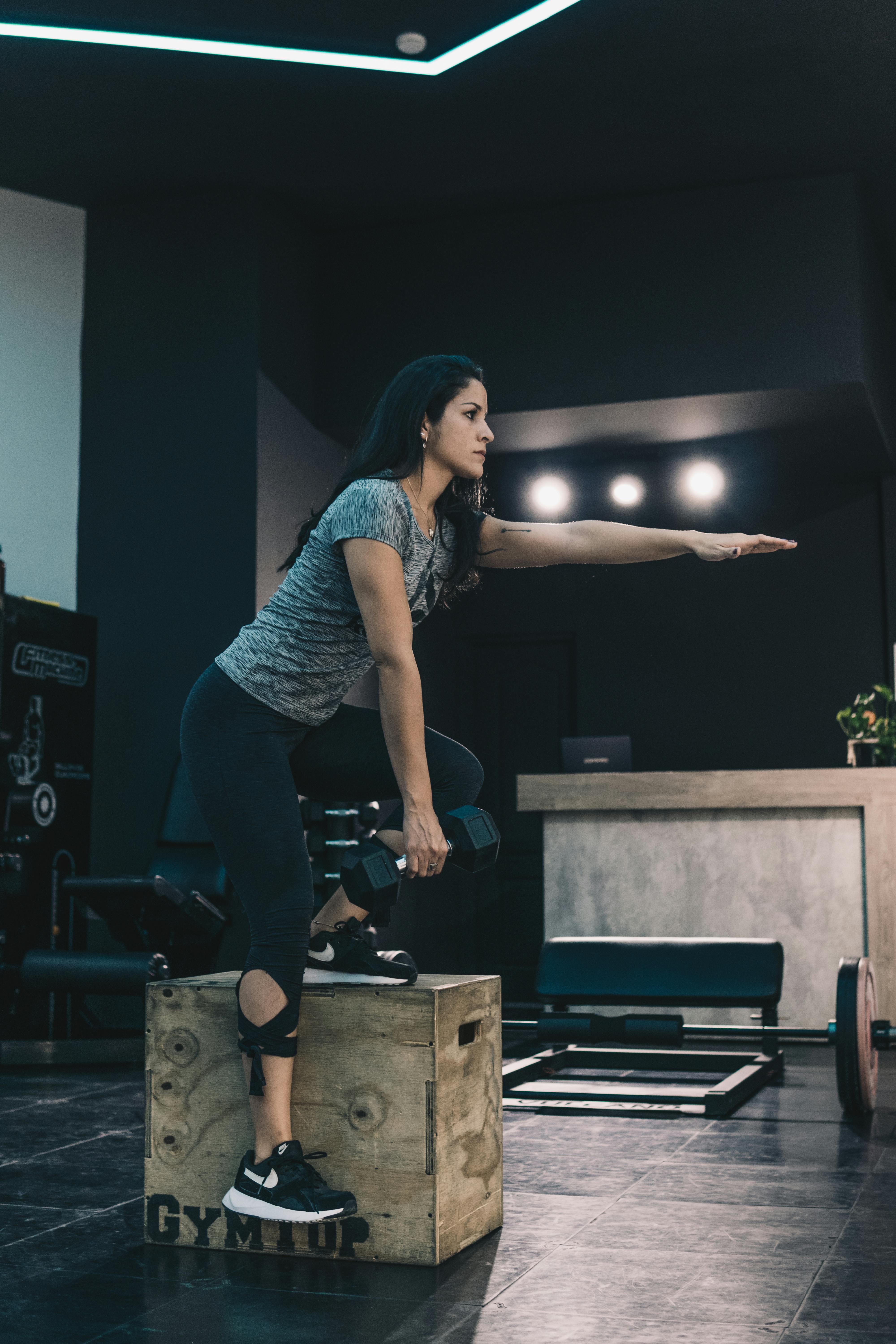
Purpose: Improve leg strength and balance, simulating climbing stairs.
Execution:
- Stand facing a sturdy bench or step.
- Step up with one foot, bringing the other foot to meet it on the bench.
- Step back down with the same foot, then repeat with the other leg.
Variations: Weighted step-ups, lateral step-ups, box jumps etc.
8. Overhead Press
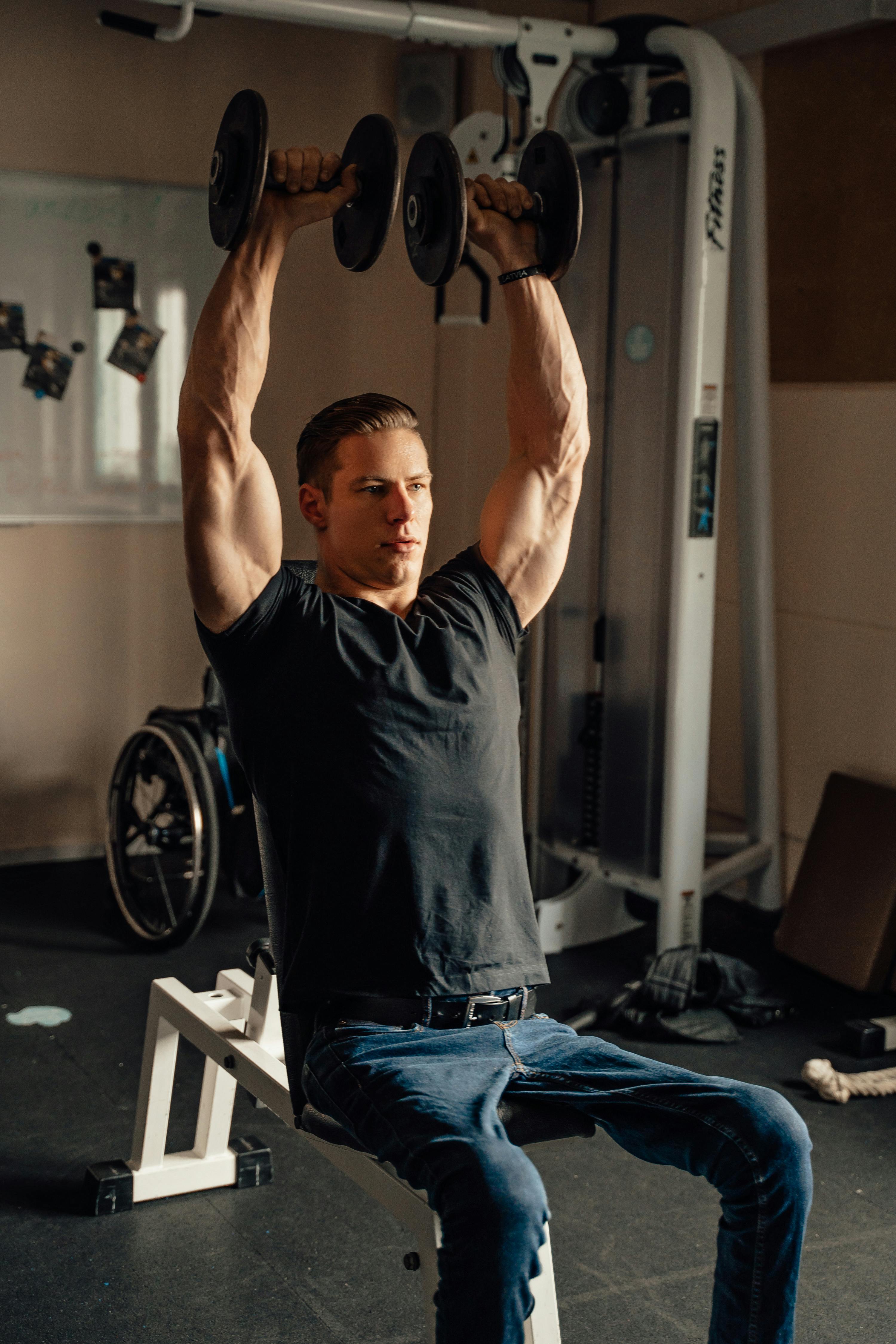
Purpose: Build shoulder strength and stability, essential for lifting objects overhead.
Execution:
- Hold a dumbbell in each hand at shoulder height.
- Press the weights overhead until your arms are fully extended.
- Lower the weights back to shoulder height with control.
Variations: Arnold press, single-arm press, push press etc.
9. Medicine Ball Slams
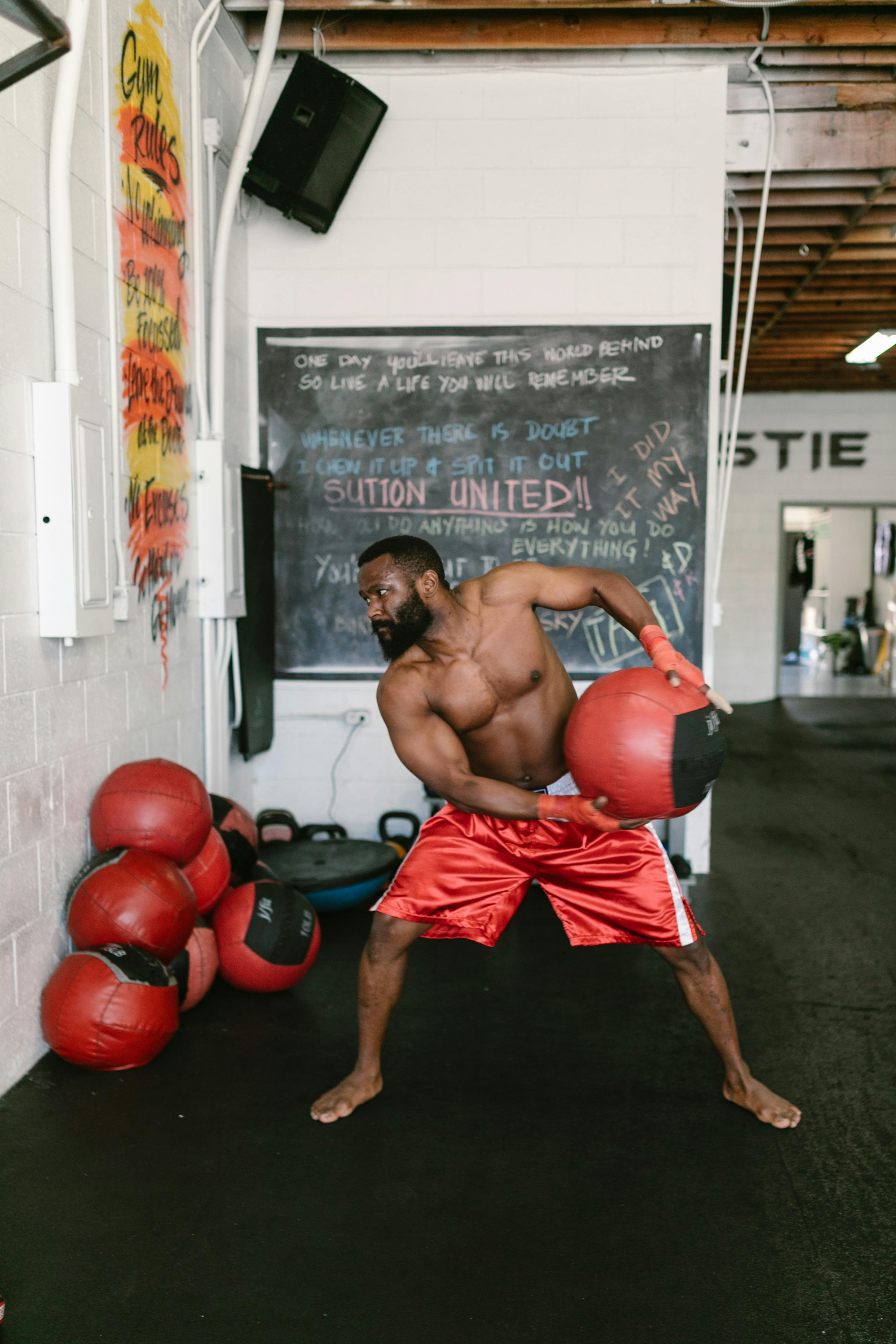
Purpose: Enhance power and full-body strength, simulating movements that require a burst of energy.
Execution:
- Stand with feet shoulder-width apart, holding a medicine ball overhead.
- Slam the ball to the ground with force, engaging your core.
- Catch the ball on the rebound and repeat.
Variations: Overhead slams, side slams, rotational slams etc.
10. Farmer’s Walk
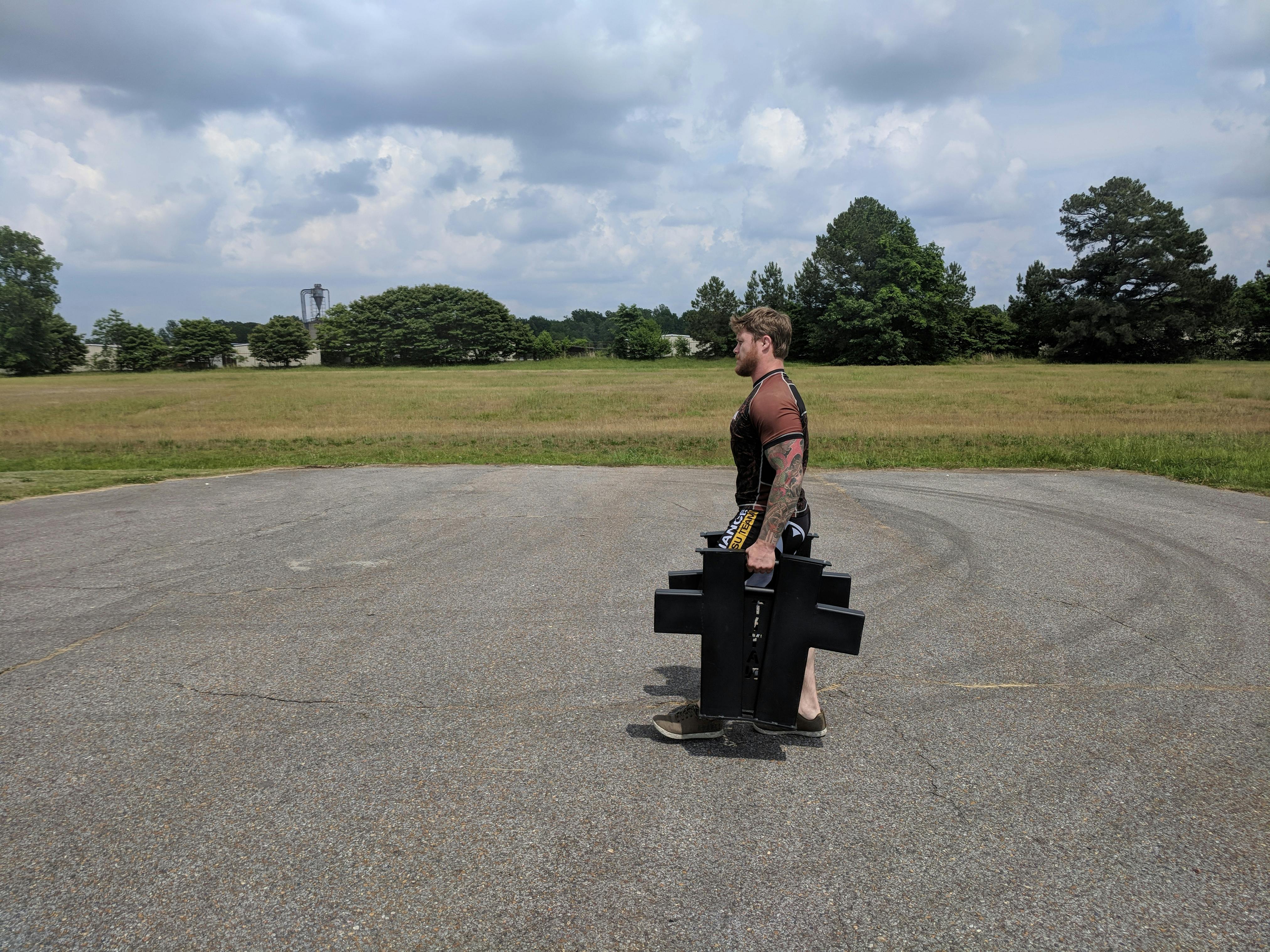
Purpose: Improve grip strength, core stability, and overall endurance, mimicking carrying heavy objects.
Execution:
- Hold a heavy dumbbell or kettlebell in each hand.
- Walk forward with a straight back and engaged core.
- Maintain a steady pace and good posture.
Variations: Single-arm farmer’s walk, suitcase carry, farmer’s walk with a trap bar etc.
11. Glute Bridges
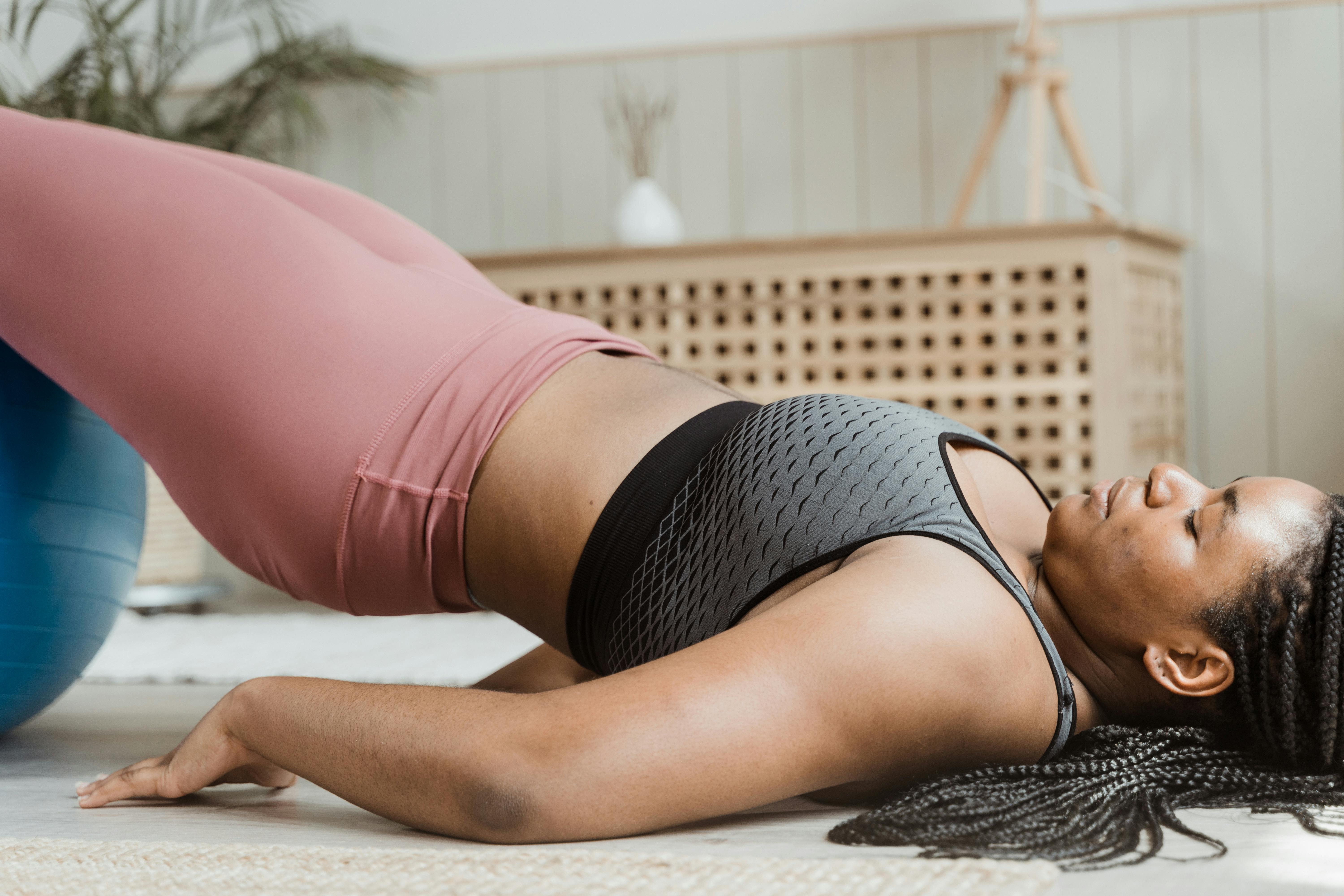
Purpose: Strengthen the hips, hamstrings, and lower back, which supports movements like bending and lifting.
Execution:
- Lie on your back with knees bent and feet flat on the ground.
- Lift your hips towards the ceiling, squeezing your glutes.
- Lower your hips back down with control.
Variations: Single-leg hip bridges, weighted hip bridges, elevated hip bridges etc.
Integrating Functional Fitness into Your Routine
- Warm-Up: Always begin with a dynamic warm-up to prepare your muscles and joints for exercise.
- Compound Movements: Focus on exercises that work multiple muscle groups simultaneously.
- Progress Gradually: Start with bodyweight exercises and gradually add resistance as your strength improves.
- Maintain Proper Form: Prioritize correct form to maximize benefits and prevent injuries. A good idea is to take training from a fitness coach.
- Consistency is Key: Incorporate functional exercises into your routine 2-3 times per week for optimal results.
- Static Stretching: End your workout with static stretching to improve flexibility and aid muscle recovery. Hold each stretch for 10-30 seconds, focusing on the muscles you worked during your session.
Conclusion
Functional fitness is a practical approach to exercise that enhances your ability to perform daily activities with ease and confidence. By incorporating functional exercises into your fitness routine, you can improve your strength, stability, and overall quality of life. Remember, functional fitness is not just about looking good—it's about feeling strong and capable in your everyday life. Whether you’re lifting groceries, playing with your kids, or simply enjoying a walk, the strength and stability gained from functional exercises will enhance every aspect of your life. Start small, stay consistent, and embrace the journey towards a more functional and healthier you.
References
- Journal of Strength and Conditioning Research: "Effect of Functional Resistance Training on Muscular Fitness Outcomes"
- Journal of Physical Therapy Science: "The effects of functional training on balance, strength, and mobility in older adults"
- Sports Medicine: "Functional strength training: Clinical perspective"